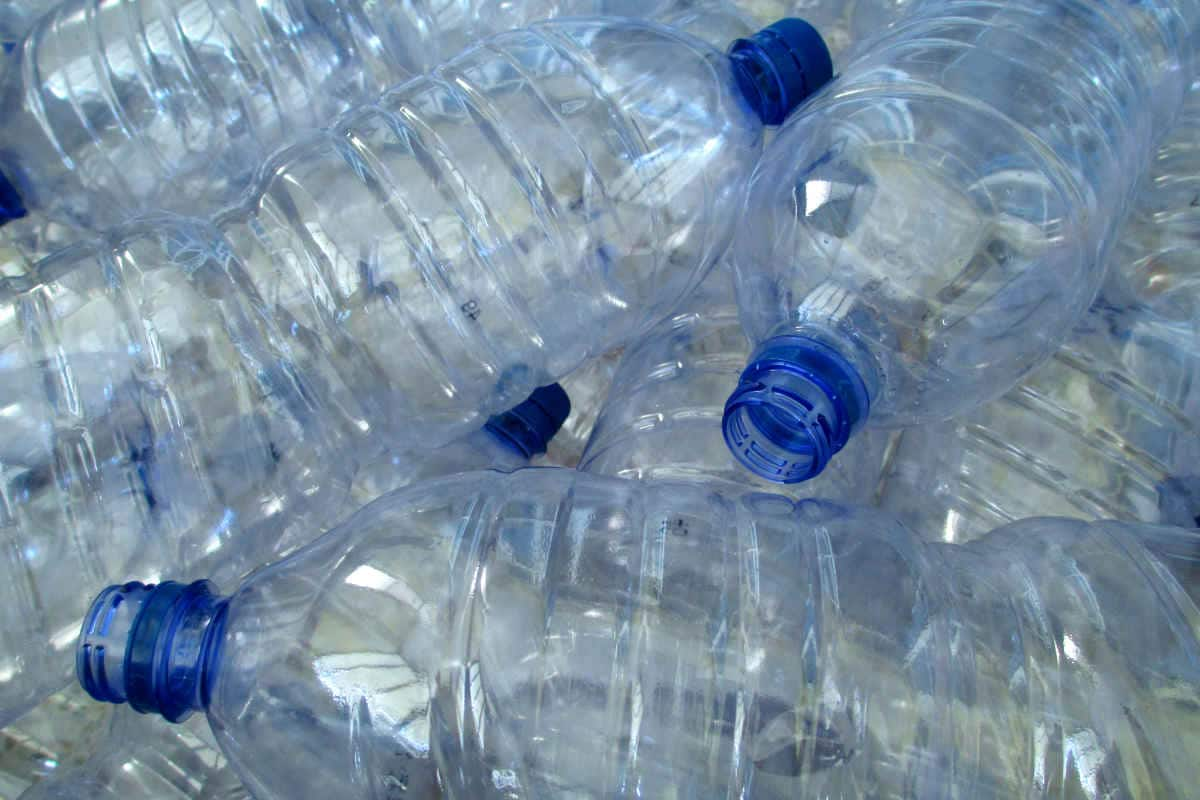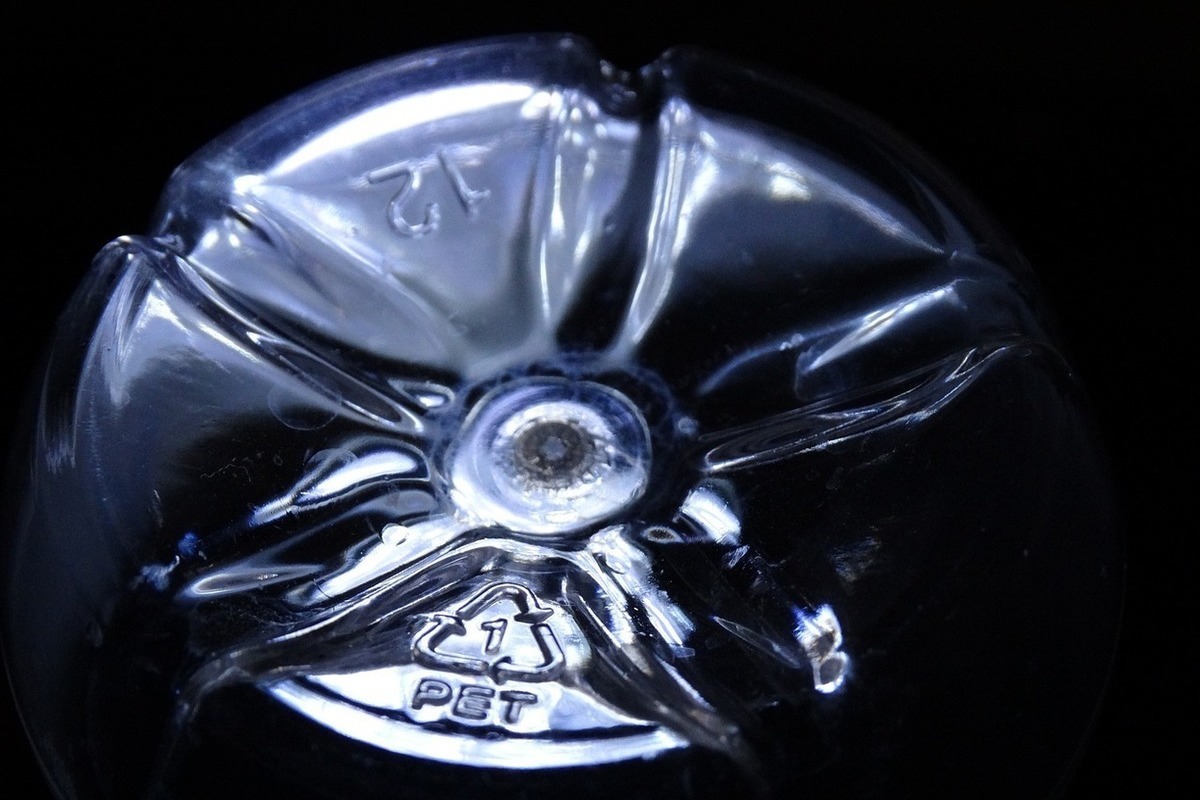Plastic bottles are an indispensable container in everyday life. However, few people stop to notice that most of them have a ‘spout’ design or concave structure with protrusions at the base.
This detail is not accidental or merely aesthetic. The function of this design is based on engineering, safety, cost and efficiency considerations.
Why do plastic bottles have a spout design at the bottom?
The concave base design with protrusions, known as ‘petaloid’, was developed to ensure the structural strength of plastic bottles made from PET (polyethylene terephthalate).
This type of base distributes internal pressure evenly and reduces the risk of the bottom expanding or bursting due to the gas contained in carbonated beverages.
In addition, this special shape at the bottom of the bottle makes it easier for the container to stand upright with greater stability.
If the base were completely flat, the internal pressure would cause it to deform outwards, causing instability and increasing the risk of tipping on shelves or flat surfaces.
For this reason, most soft drink and carbonated beverage bottles have this structure, which is also used in some water and juice bottles to ensure stability and prevent accidents during handling.

How does this design benefit the beverage and plastics industry?
The concave design with protrusions on plastic bottles not only provides strength and stability, but also represents an economic and environmental benefit for the industry.
This shape allows for:
- Optimising the amount of material used in manufacturing, reducing production costs.
- Reducing the weight of each container without compromising its strength.
- Improve the distribution of internal and external forces during the filling, transport and storage processes.
- Reduce the use of additional materials or plastic reinforcements that would increase the cost and environmental footprint of each bottle.
Therefore, the peak- or petaloid-shaped base is a smart design that balances safety, efficiency and sustainability in the manufacture of plastic containers.
Is this design the same for all types of plastic bottles?
Not all plastic bottles have this peaked base. Bottles for non-carbonated liquids, such as oils, cleaning products or some non-carbonated waters, may have flat bases or different designs.
This is because these products do not generate internal pressure and therefore do not require additional structural reinforcement at the base.
However, in the case of carbonated drinks, this design is essential.
The pressure generated by the gas can reach up to 6 bar (87 psi) inside the bottle, which would be enough to deform a container with a flat base. For this reason, the petaloid design is implemented as standard in most PET bottles for carbonated drinks.
The impact of this design on plastic bottle recycling
The spout design does not adversely affect the recycling process. On the contrary, as it is made from recyclable PET, the petaloid base is processed together with the rest of the bottle to produce new plastic resins.
However, the efficiency of its recycling depends on proper waste management and separation of materials at source.
Currently, PET is one of the most recycled plastics in Mexico and the world, thanks to its composition, which allows for multiple transformation processes to produce new bottles, textile fibres, or industrial packaging.
For this reason, experts highlight the importance of properly disposing of these containers to ensure their reuse and reduce their environmental impact.

